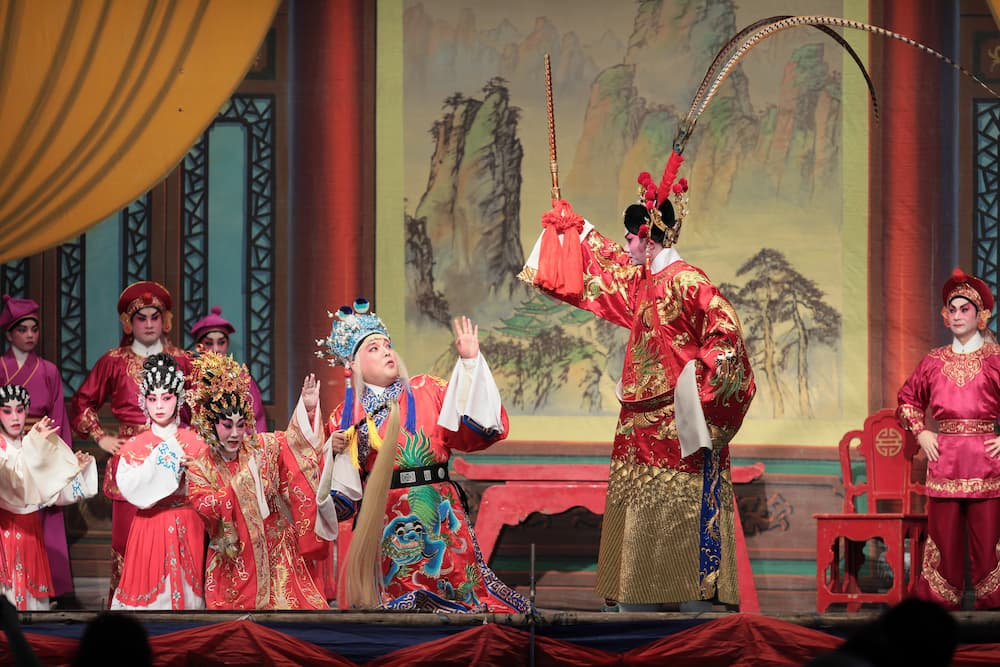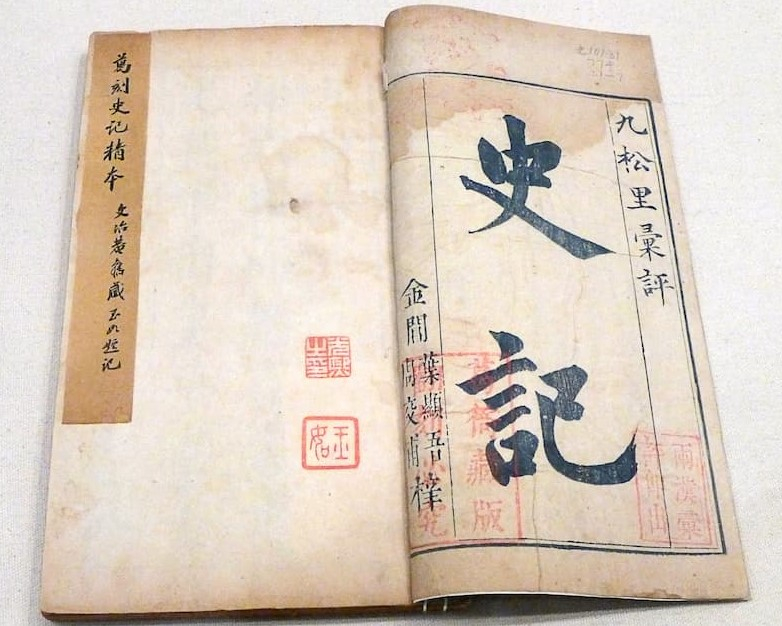
Uncovering Historical Truth—Bamboo and Wooden Slips Culture
Splendid
Chi Culture
Topic
Uncovering Historical Truth—Bamboo and Wooden Slips Culture
Jiandu is one of the writing tools in ancient times. Jian is made of bamboo, while du is made of wood. Together, they refer to strips of wood or bamboo for writing characters. Due to their easy production and low cost, bamboo and wooden slips were widely popular in ancient times. Before the invention of paper, bamboo and wooden slips documented a wide array of historical facts, including imperial decrees, soldiers' letters, and various aspects of society. Archaeological excavations of bamboo and wooden slips have provided historians with valuable historical insights.
The process of making bamboo slips involved steaming and boiling fresh bamboo tubes, then roasting them over the fire to "sweat" and dehydrate, a stage known as "drying the green". This process prevents future deformities and insect damage. As a result, bamboo slips were also known as "Hanqing (sweating green bamboo strips)" in later times, a term extended to refer to books and historical records. The processed bamboo slips could be perforated to thread with strings and compile into volumes, or left unperforated and simply bound together. In addition, the dried bamboo slips were scraped and planed to achieve a smooth surface, ideal for writing.
Bamboo and wooden slips can be classified into five forms: jian (regular bamboo slips), du (wooden slips), jian (seal slips), gu (polyhedral wooden slips), and jie (wooden pegs), each varying in size and serving distinct purposes. For example, "jian (regular bamboo slips)" is mainly used for official documents and general books, while "du (wooden slips)" is commonly employed for transcribing contracts, medical prescriptions, and household records, hence known as "ji" or "bu (register)". "Du" also had a function for communication, which is why letters were also known as "chi du".
Historical records show that the earliest discovery of bamboo and wooden slips in China was during the late reign of Emperor Wu of the Western Han Dynasty. While constructing a palace, the Prince of Lu, Liu Yu, destroyed Confucius' former residence and unearthed several pre-Qin classics inscribed on bamboo and wooden slips hidden within the walls of the house. Kong Anguo, the 11th-generation descendant of Confucius and a Western Han Dynasty scholar specializing in Confucian classics, studied this set of bamboo and wooden slips. Therefore, Liu Yu can be regarded as the first individual in Chinese history to uncover ancient bamboo and wooden slips; Kong Anguo is recognized as the first scholar in China to systematize these bamboo and wooden slips.
In the 20th century, many European explorers visited China and the bamboo and wooden slips they unearthed were subsequently transported abroad, eventually becoming part of the collections in numerous museums worldwide. The most renowned individual was the British-Hungarian scholar, Marc Aurel Stein, who became the first foreign explorer to unearth bamboo and wooden slips in northwest China. Between 1900 and 1916, he embarked on three expeditions to Central Asia and western China, plundering a vast number of valuable historical artefacts, including bamboo and wooden slips obtained from the Mogao Caves in Dunhuang. Upon acquiring these bamboo and wooden slips, Stein entrusted them to the renowned French sinologist Émmanuel-Édouard Chavannes for research and publication of scholarly articles. Despite residing in Japan at the time, Chinese scholars Wang Guowei and Luo Zhenyu were determined to contribute to the research efforts. They wrote to Chavannes requesting texts and photo materials of the bamboo and wooden slips obtained from Dunhuang. In 1914, despite being unable to examine the physical artefacts, they published the book Liu Sha Zhui Jian in Japan. This work astonished scholars in China and abroad, acclaimed as a pioneering investigation of ancient Chinese bamboo and wooden slips.
In 1930, another momentous discovery of bamboo and wooden slips was made by the Swedish archaeologist Folke Bergman in the ancient sites within the Ejin River Basin in present-day Gansu Province. A total of over ten thousand bamboo and wooden slips were collected, originating from the Han-era Zhangye County. These slips were then termed the "Juyan Han Slips", providing precious historical materials for the study of Han Dynasty society.
After the founding of the People's Republic of China in 1949, there have been dozens of excavations of bamboo and wooden slips from the Warring States, Qin, Han, Three Kingdoms, and Western Jin periods. These excavations have yielded over 200,000 slips, offering valuable insights for historical research. Among the notable discoveries are the renowned Mawangdui Han bamboo slips, Shuihudi Qin bamboo texts, Zoumalou Wu bamboo slips, Guodian Chu slips, and Liye Qin slips







